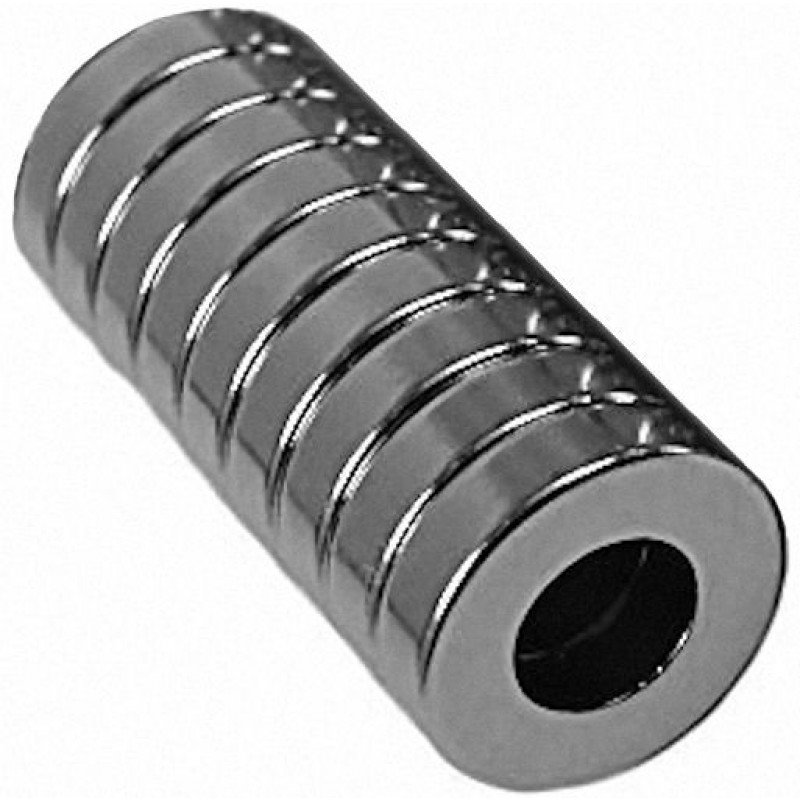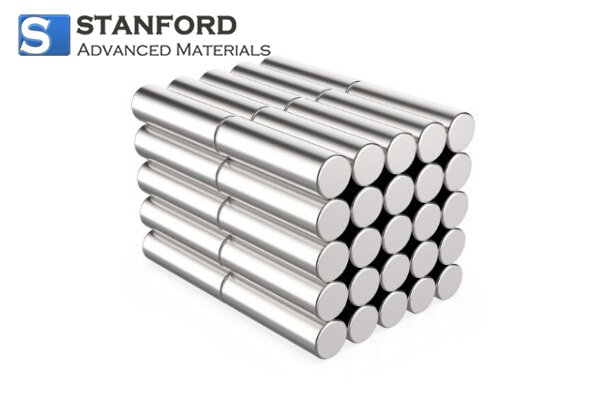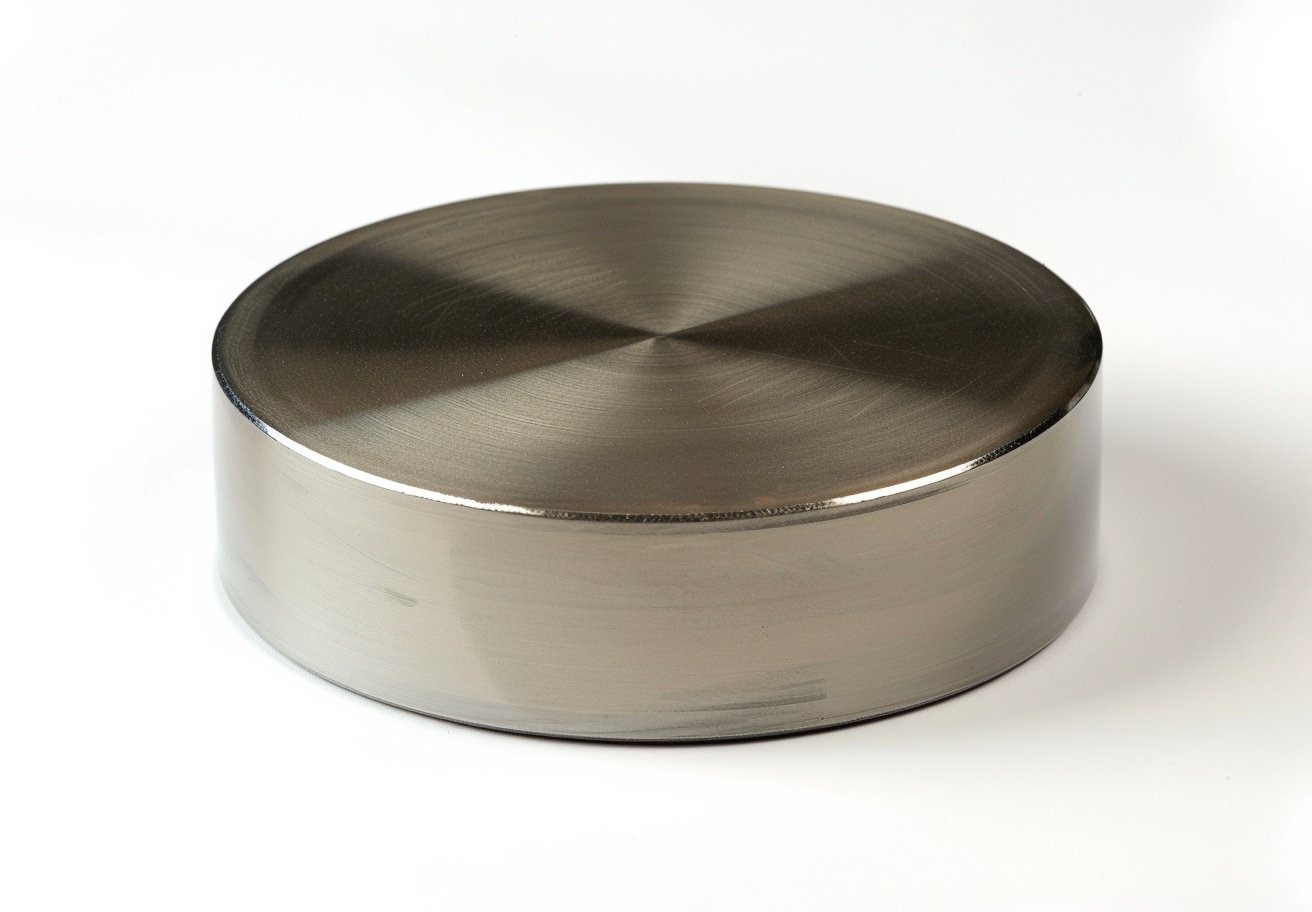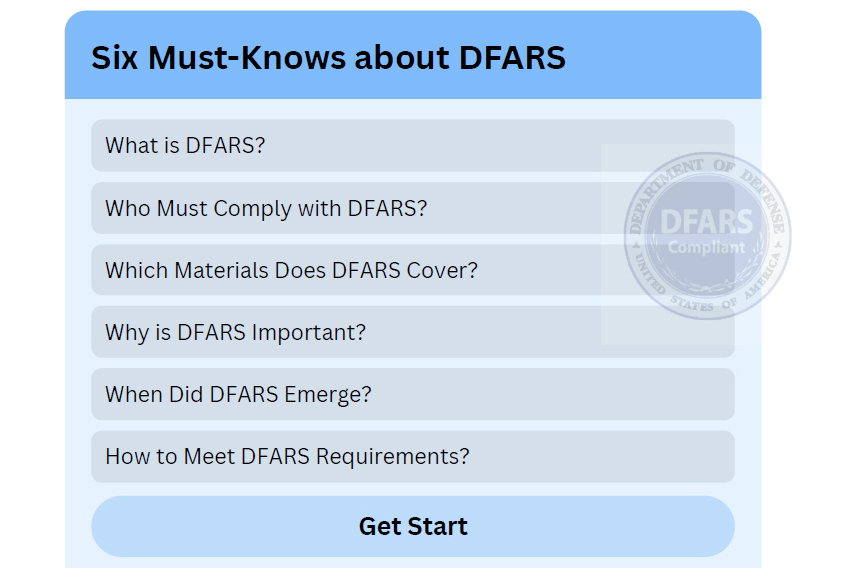Why Magnets Attract Metals
Materials are magnetic when their valence electrons align in a specific manner. This phenomenon occurs predominantly in transition metals because they possess many loosely bound valence electrons. Iron, cobalt and Nickel are often magnetic. The Earth's iron core makes the planet a large magnet. The terms North and South designate the two directions of a magnetic field. The Earth's North Pole attracts the north pole of a magnet.

Compounds can also be magnetic. An iron ore with the formula Fe3O4, which was discovered in Magnesia in Turkey, was named magnetite. Its name refers to its distinct magnetic property. In the Middle Ages, the rock was called "lodestone" because it indicated north. Scientists observed that rubbing the rock against iron or steel needles magnetised the needles. Manufacturers used the magnetised needles to produce navigational compasses.

Ceramic magnets such as those containing iron, cobalt and Chromium oxide are produced by powder metallurgy. Small particles can be mixed with polymers to manufacture flexible refrigerator magnets. They can also be applied onto plastic strips to produce audio and video recording tapes. During processing, strong magnetic fields are applied to align the particles' magnetic domains. The deposition of thin layers in a vacuum chamber is employed for computer hard disks. High-strength magnets can be produced from alloys. The first successful alloy, aluminium–nickel–cobalt, was discovered in the 1930s. Alloys with rare-earth elements demonstrate higher magnetic strengths. Samarium-cobalt and neodymium-iron-boron are two common combinations. In the early 1800s, scientists discovered that electric current flowing through coils produces a magnetic field. Electromagnets are used in electrical transformers. Magnetism may be lost when a material is heated. When heated, the electrons gain energy and reorient themselves, thereby losing their specific alignment.

 Bars
Bars
 Beads & Spheres
Beads & Spheres
 Bolts & Nuts
Bolts & Nuts
 Crucibles
Crucibles
 Discs
Discs
 Fibers & Fabrics
Fibers & Fabrics
 Films
Films
 Flake
Flake
 Foams
Foams
 Foil
Foil
 Granules
Granules
 Honeycombs
Honeycombs
 Ink
Ink
 Laminate
Laminate
 Lumps
Lumps
 Meshes
Meshes
 Metallised Film
Metallised Film
 Plate
Plate
 Powders
Powders
 Rod
Rod
 Sheets
Sheets
 Single Crystals
Single Crystals
 Sputtering Target
Sputtering Target
 Tubes
Tubes
 Washer
Washer
 Wires
Wires
 Converters & Calculators
Converters & Calculators
 Write for Us
Write for Us


 Chin Trento
Chin Trento



